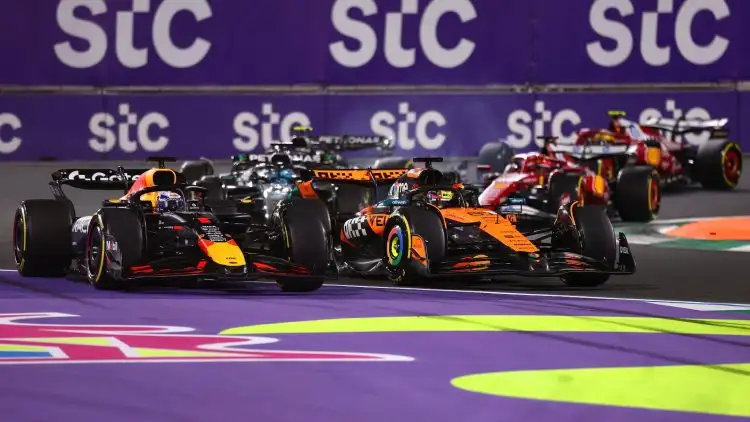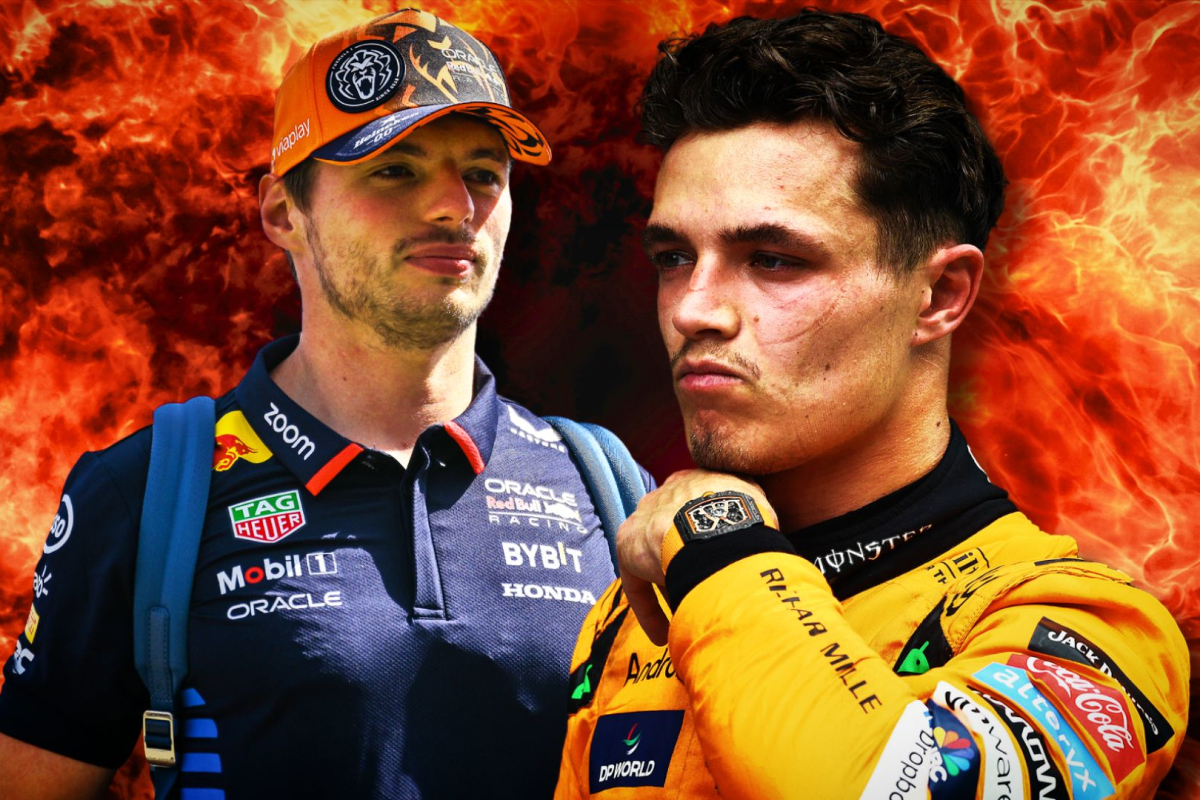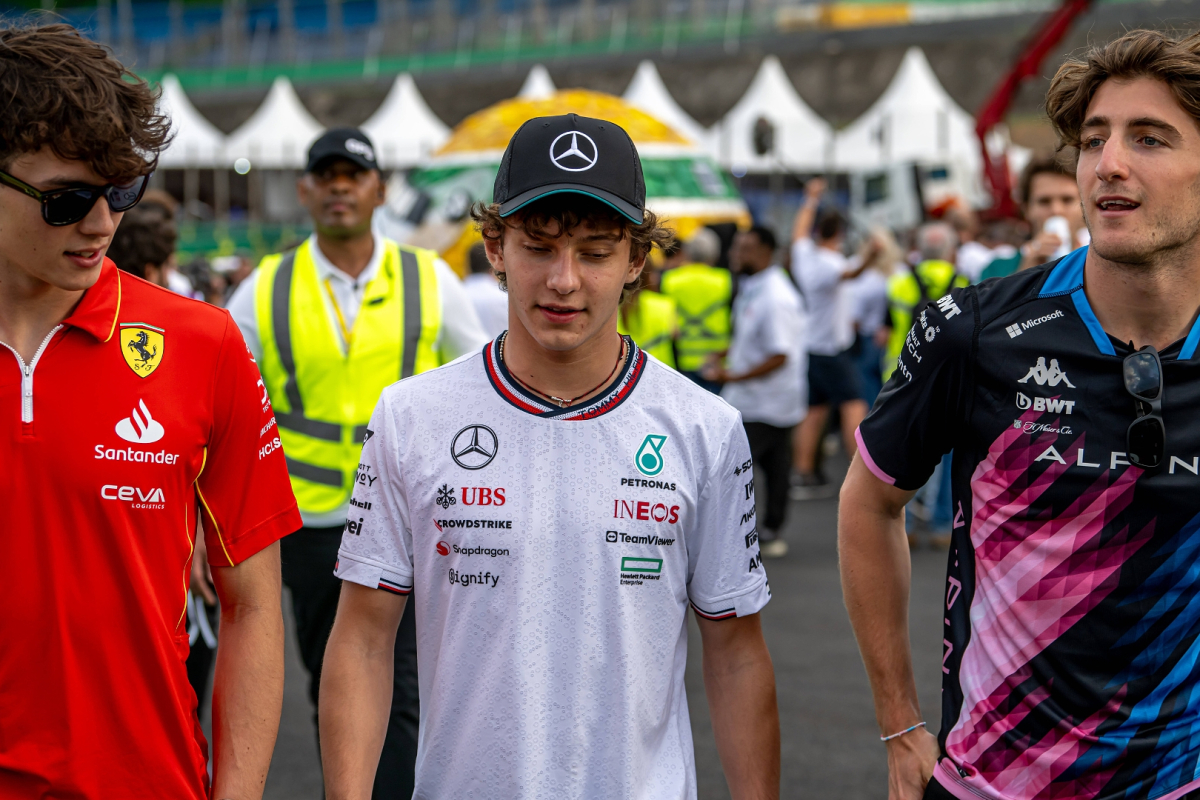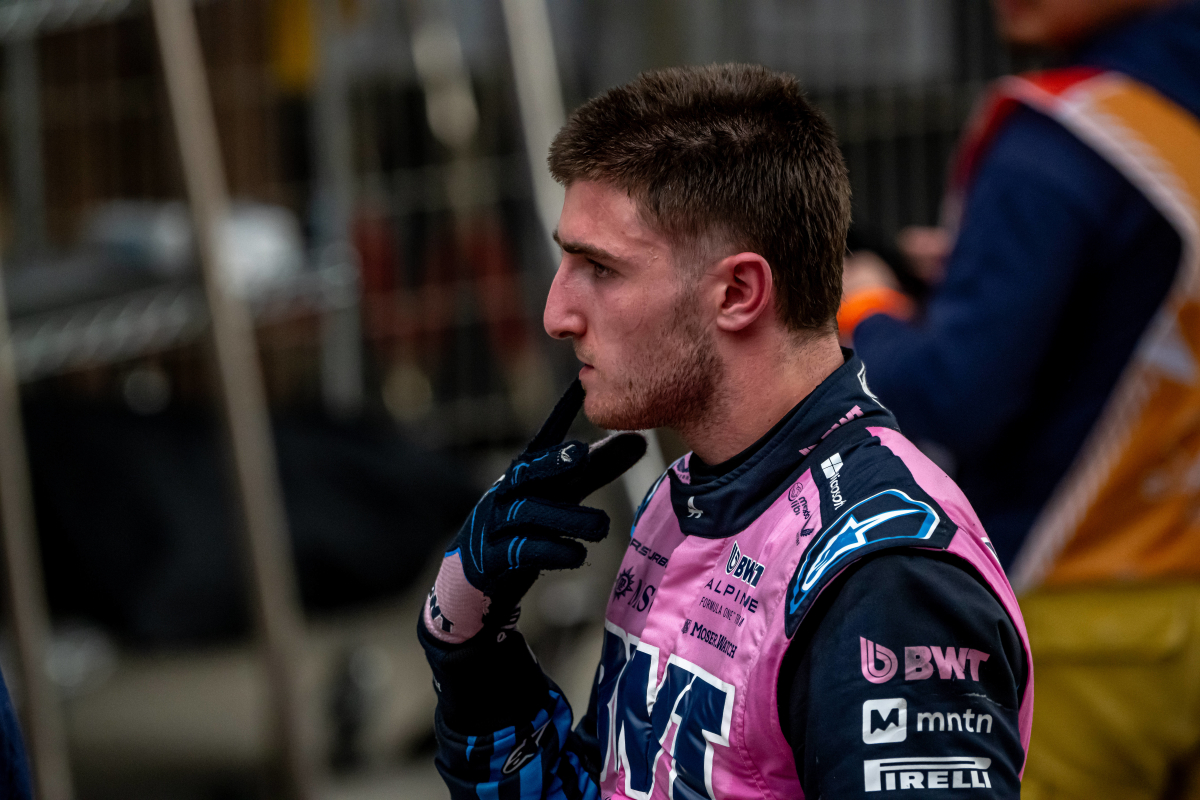Max Verstappen telemetry data shows new clear evidence in…read more
Max Verstappen’s aggressive Turn 1 maneuver at the Saudi Arabian Grand Prix has come under fresh scrutiny, with new telemetry data highlighting that the Red Bull driver was never going to make the corner—even if Oscar Piastri hadn’t been there. According to former F1 driver and pundit Jolyon Palmer, Verstappen’s speed into Turn 1 at the race start exceeded that of his pole-winning qualifying lap, suggesting a desperate attempt to maintain the lead rather than a calculated move.
Palmer analyzed the incident in-depth on F1TV, describing Verstappen’s entry as a “Hail Mary” move. He noted that Verstappen carried so much speed into Turn 1 that he wouldn’t have been able to keep the car on the track under any circumstance. The key evidence comes from telemetry data comparing his Grand Prix entry to his qualifying lap. Despite running on medium tyres and a heavy fuel load, Verstappen entered Turn 1 even faster during the race than he did during qualifying on soft tyres. This alone, Palmer said, demonstrates just how unlikely it was for Verstappen to make the corner.
Verstappen’s claim that he was pushed off by Piastri was dismissed by the stewards, who sided with the McLaren driver. They concluded that Verstappen had gained a lasting advantage by going off-track and handed him a five-second penalty.
Piastri, who had a better launch from the grid and pulled alongside Verstappen on the run into Turn 1, had the inside line and made the corner cleanly. At that point, Piastri’s front wheels were already alongside Verstappen’s mirrors, giving him the corner. According to Palmer and the stewards’ interpretation, Verstappen had no right to expect space on the outside and should have yielded.
Yet Verstappen attempted to keep his position by swinging around the outside and using the runoff area to complete the overtake. Palmer said Verstappen knew he was in trouble from the moment he looked across to the left and saw Piastri pulling ahead. Rather than backing out, Verstappen released the brakes early and carried in too much speed, effectively gambling that either Piastri would back off or the stewards would later allow the overtake.
Palmer emphasized how Verstappen’s telemetry showed a noticeably faster approach to the corner compared to his qualifying lap. “He gets off the brakes and tries to carry all the speed around the outside,” Palmer said. “But with that much momentum and that angle, there’s simply no way he could have stayed on track, even if Oscar had completely vanished.”
The analysis draws attention to a pattern in Verstappen’s driving. Palmer pointed out that this kind of move isn’t new for the Dutch driver. He cited similar incidents in past races—including at the Austrian and Mexican Grands Prix in 2023, and during his intense title battle with Lewis Hamilton in 2021—where Verstappen used the runoff area aggressively and then argued his case with the stewards.
“This is classic Max,” Palmer said. “We’ve seen him do this before. He goes all-in on the move, and if it doesn’t work out, he tries to argue that he was pushed or had no room. But in this case, it’s pretty clear. He was never making the corner. Not in a month of Sundays.”
The tactic, Palmer suggested, is to create just enough confusion or doubt about the incident that a steward’s decision could fall in his favor. However, in this case, the stewards were unequivocal: Verstappen’s maneuver was overly ambitious and resulted in him leaving the track and gaining an unfair advantage.
Palmer concluded that while Verstappen’s aggressive style often yields spectacular moments and dramatic overtakes, it also puts him at odds with the rulebook. The Saudi Arabian Grand Prix incident was just another example of Verstappen pushing the limits—both on track and with race regulations.
Ultimately, Piastri was vindicated. His defensive move was within the rules, and Verstappen’s attempt to retain his lead by cutting the corner was penalized. The telemetry doesn’t lie: Verstappen’s entry speed, angle, and lack of braking made the corner impossible to make, reinforcing the notion that the move was more hopeful than realistic.




